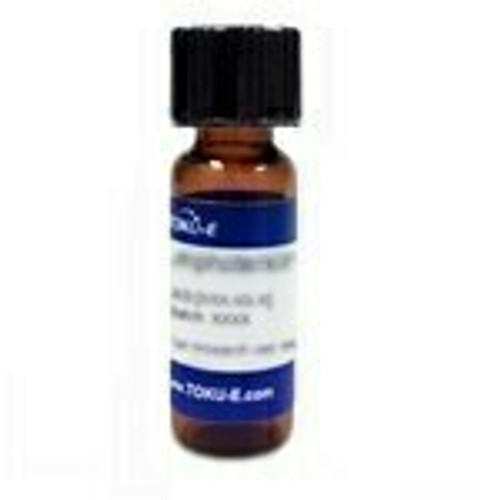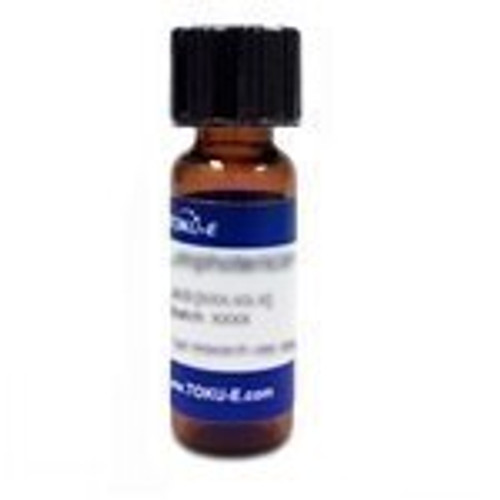2, 3, 5-Triiodobenzoic Acid (syn: TIBA) is used as a plant growth regulator and defoliant and agricultural herbicide. It is a non-competitive polar auxin transport inhibitor. It is a member of the class of benzoic acids in which hydrogen atoms found in positions 2, 3, and 5 are replaced by iodine atoms. The compound can suppress somatic embryogenesis in plant tissue culture applications.
2, 3, 5-Triiodobenzoic acid is very soluble in ethanol, soluble in NaOH and KOH, and insoluble in water.
| Mechanism of Action | 2, 3, 5-Triiodobenzoic acid is an auxin transport inhibitor, much like its naturally occurring relative Quercetin. |
| Plant Biology Applications | The influence of TIBA and abiotic stress on gene expression of bPIN, SbLAX and SbPGP gene families was studied in Arabidopsis, rice and sorghum. Authors analyzed the chromosome distribution, gene duplication, and intron/exon distribution. TIBA did not increase expression of auxin transporter genes. The transcription of the auxin transporter genes was controlled by auxin transport inhibitors, but it had no connection to the TIBA concentration used (Shen et al, 2010).
TIBA can suppress somatic embryo formation and postembryonic shoot/root development in Eleutherococcus senticosus and somatic embryo formation in Ginseng (Panax ginseng). |
| Molecular Formula | C7H3I3O2 |
| References |
Choi YE, Kim HS, Soh WY and Yang DC (1997) Developmental and structural aspects of somatic embryos formed on medium containing 2,3,5-Triiodobenzoic acid. Plant Cell Rep. 16(11):738-744 Shen C et al (2010) Expression profile of PIN, AUX/LAX and PGP auxin transporter gene families in Sorghum bicolor under phytohormone and abiotic stress. FEBS J. 277(14):2954-2969 PMID 20528920 Snyder WE (1949) Some responses of plants to 2,3,5-Triiodobenzoic acid. Plant Physiol. 24(2):195-206 |








